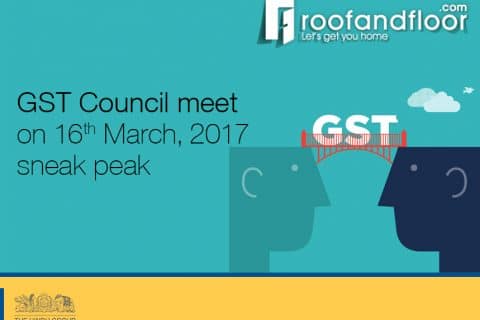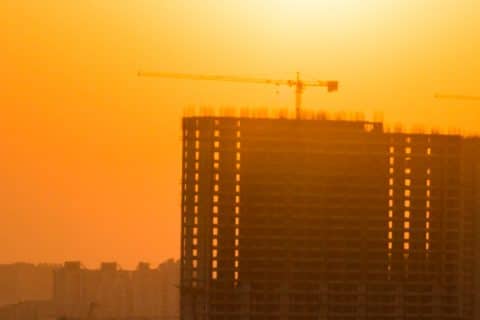The State Budget this fiscal had announced several measures to unclog Bangalore’s choking roads and improve intra-city connectivity. Apart from allocating Rs 2,566 crore to the Bangalore Metro Rail Corporation, the Finance Minister directed authorities to fast-track the work on the airport Metro line. And with the Karnataka government finally zeroing on the route for the Metro rail connection to the Kempegowda International Airport, the promise appears to have been delivered.
What’s special about the airport line?
There are only six stations planned on this 30km stretch, which will ensure seamless connectivity to the airport.
The planned stations include RK Hegde Nagar, Jakkur, Yelahanka, Chikkajala, one on the KIAL Road, and another at the terminal. This Metro line will connect the airport from Nagawara, which is an extension of the North-South Line under Phase II. Once operational, reaching the airport from Nagawara will be a matter of just 30 minutes.
Interestingly, each station in this metro line will be at an interval of not less than 5km that will enable trains to run at speeds of 80 kmph. Just to give you an idea, in the completed Phase I, the stations are anywhere between 800mt to 1km, and the train speed is about 30 kmph.
Challenges
- One of the major bottlenecks in building a metro track is acquiring land. But since most of this line will run parallel to the Airport Road, the land acquisition is minimal except for building the stations.
- The estimated cost of this project is about Rs 5,900 crore. Besides funding from the state and central governments, the BMRCL is expecting financial assistance from foreign lenders as well as the Bangalore International Airport.
The airport Metro project falls under Namma Metro phase-II (B). The commissioning of this line completely depends on the completion of the Gottigere-Nagawara Line that runs underground for 13.79km. At present, the contracts for tunnelling and station-building on this line is not yet awarded. This was the major reason for delay in Phase I.
What can we learn from Delhi’s success?
The success of the Delhi Metro rail network is worth commending. The popularity of this line can be gauged by the fact that many VIPs, including Union Minister M Venkaiah Naidu, take this line on a regular basis.
- Timely execution of the project is something that we, as a city, can definitely learn from Delhi. While, in its current form, the Metro connectivity has addressed some traffic issues, a lot still needs to be done. A Metro network that will crisscross the city will determine the success of the project.
- To attract more passengers, DMRC has adopted several passenger-friendly measures over the last couple of years. These include reduction in fare, extension of timings to suit the passengers of Shatabdi Express trains, increased frequency, seamless interchange between the Indian Railways Station at New Delhi and Metro stations.
- Adequate parking facility at the stations will encourage more people to opt for Metro rides to commute to their workplace. The stations should also have trunk infrastructure in place. For instance, basic amenities like toilets and ATMs.
- The frequency of trains has definitely improved since its inception but there is more scope for improvement.
- Last but certainly not the least, the authorities should also look into last mile connectivity – be it the feeder service, cycle rickshaws or the battery-operated rickshaws.
Have some more suggestions? Tell us in the comment box!






